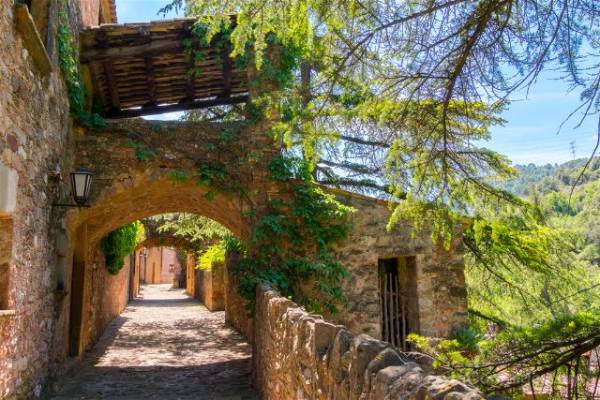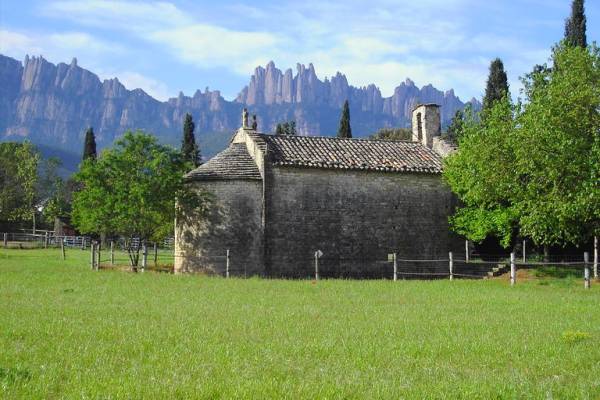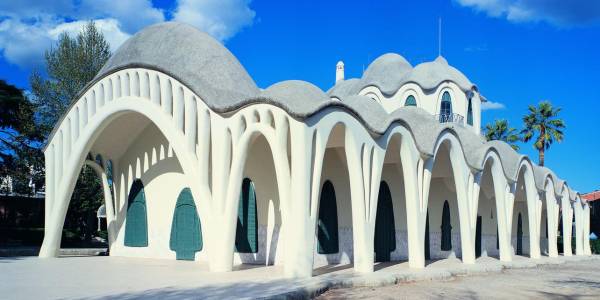
This route includes the twenty most representative buildings and monuments of the city, which due to their proximity can be visited on a half-day walk.
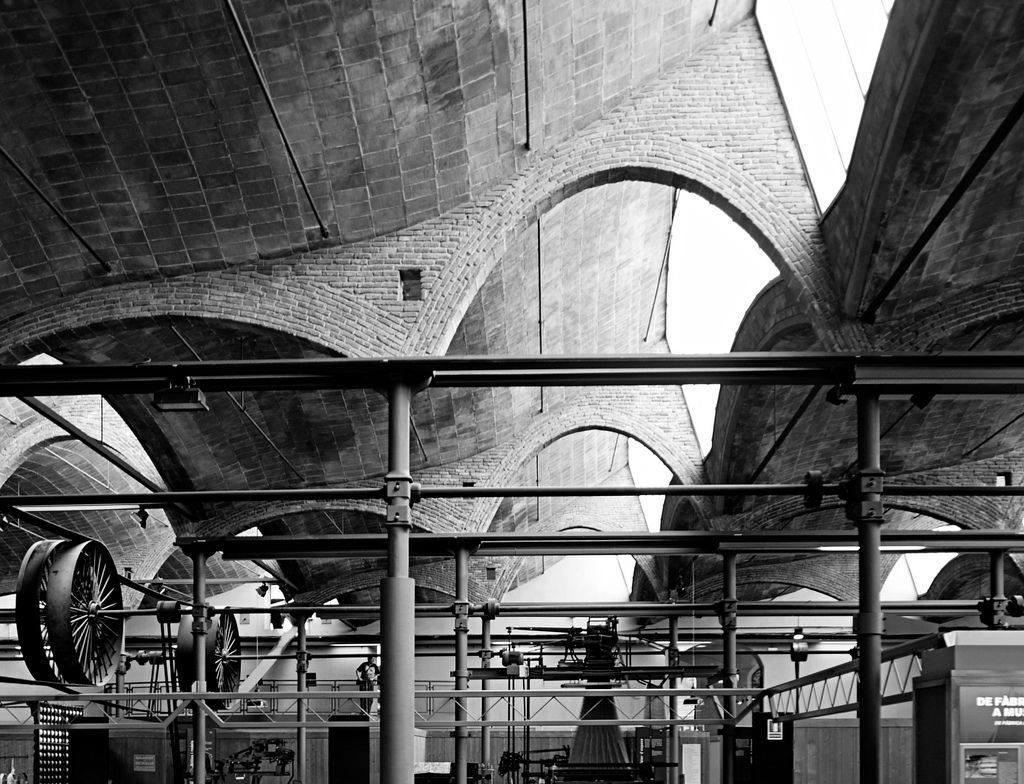
The former Factory of Fabrics Aymerich, Amat and Jover, one of the most spectacular factories in Europe and headquarters of the Museum of Science and Technology of Catalonia, is the work of Lluís Muncunill (1907). It has a spectacular ship of 11,000 square meters, a machine room, the chimney and the old coal of the textile factory. The whole set shows the workers' and industrial world of that time, and then go on to see buildings that approach the daily life of the city and its bourgeoisie. You need to get off at the Rambla d'Ègara to reach the Mercat de la Independència (1906), with a metallic structure and a remarkable decoration in wrought iron.
Continuing along the Raval of Montserrat, you pass through the former Carné Confectionery (today Albiñana Pharmacy), an extraordinary example of modernist decorative arts; the former headquarters of the Sociedad General de Electricidad, transformed into a restaurant, and the Town Hall, a Neo-Gothic style building (1903).
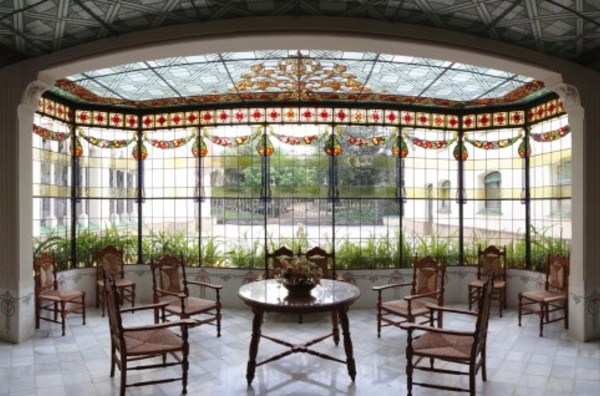
The old Industrial Institute (now the Excursionist Center) and the Cortès and Prat warehouse (1897) is the most outstanding buildings that are found until reaching the Casa Alegre de Sagrera. This building (from the beginning of the 19th century, renovated in 1911, now a section of the Terrassa Museum) was the residence of an old industrial family and is a sample of a very eclectic modernist style. Inside, the paintings of Joaquim Vancells and Pere Viver, the cabinetmaker's shop, the stained glass windows, the glazed and the great Modernist paintings of Alexandre de Riquer stand out in the dining room.
It is a must-visit to the Grand Casino (1920), a sumptuous recently restored building. Until the building and gardens of the Industrial Institute (former store Pasqual Sala, 1893), we find a series of houses that retain the spirit of the industrial Terrace of one hundred years ago: Concepció Monset, Baltasar Gorina, houses of Cal Maurí (modest housing for workers, one of the few groups that are conserved in our country), etc. The Teatre Principal is another highlight in the journey through modernist Terrassa. It is a monumental building of 1911, currently in disuse.
Old warehouses and houses (Francesc Roig store, Emili Matalonga warehouse, Casa Jacint Bosch, Joaquim Alegre store, Torras store ...) accompany us on the route to Carrer la Rasa, where we find the old warehouse of the Faballà Ventalló Factory (converted into a public space and housing area, where it has been integrated into a porticoed square), the factory (1920) and the warehouse Marcet i Poal (1914) and, finally, the ship of the Izard factory (1921), spectacular The building that opens in Plaza Didó and is currently the headquarters of the Muncunill Exhibition room, located in the old dyed room.
The route ends at Masia Freixa (1905-1910), in the center of the Parc de Sant Jordi, former residence and also a factory of the Freixa family, by Lluís Muncunill.
Source: Ruta del Modernisme

